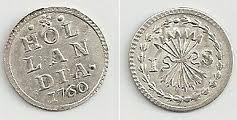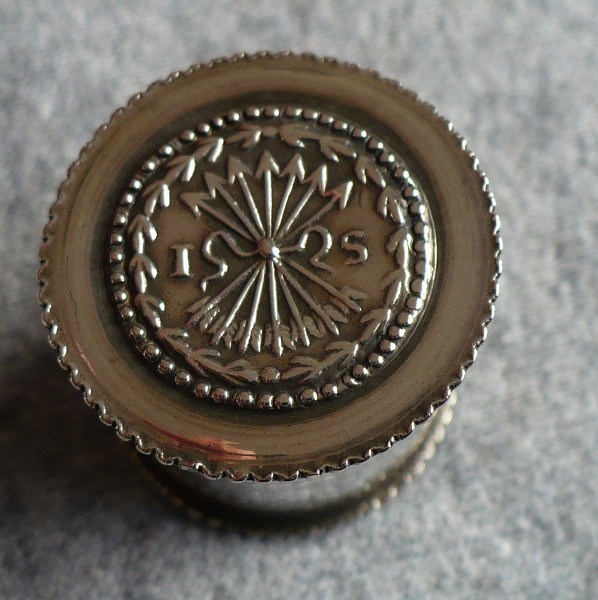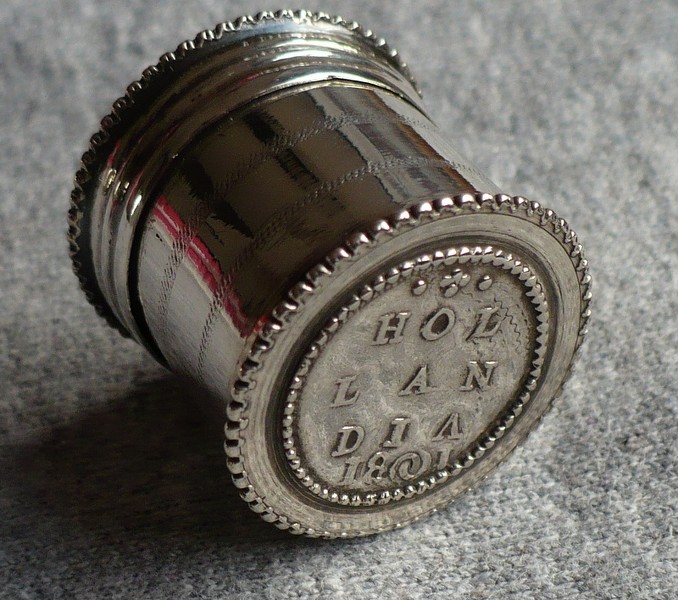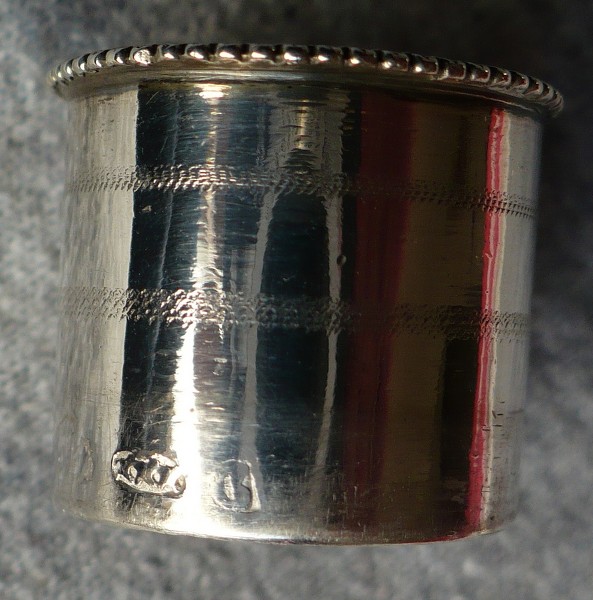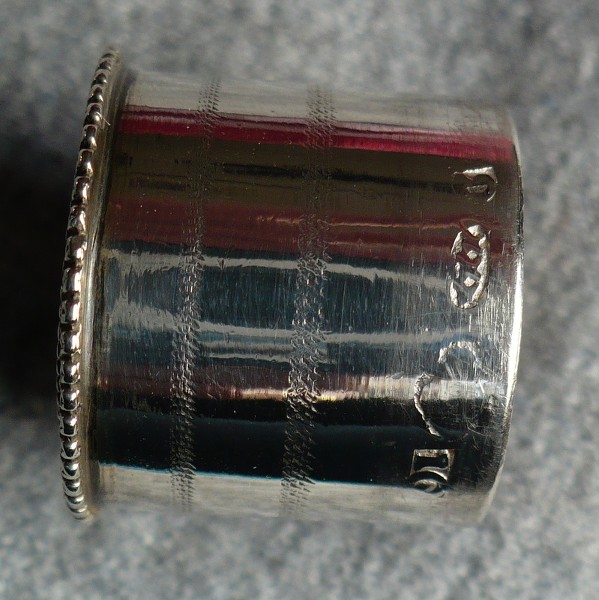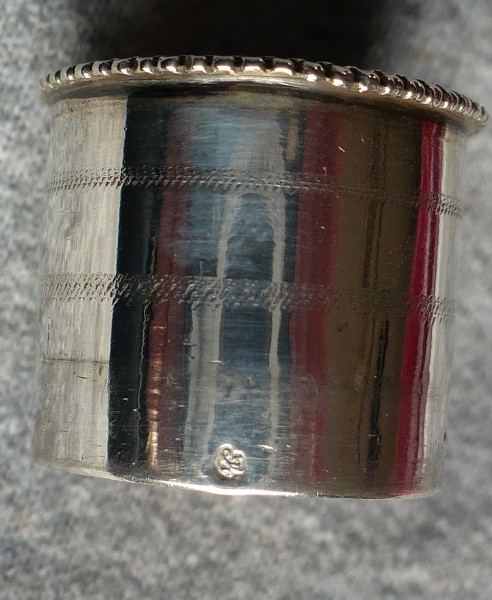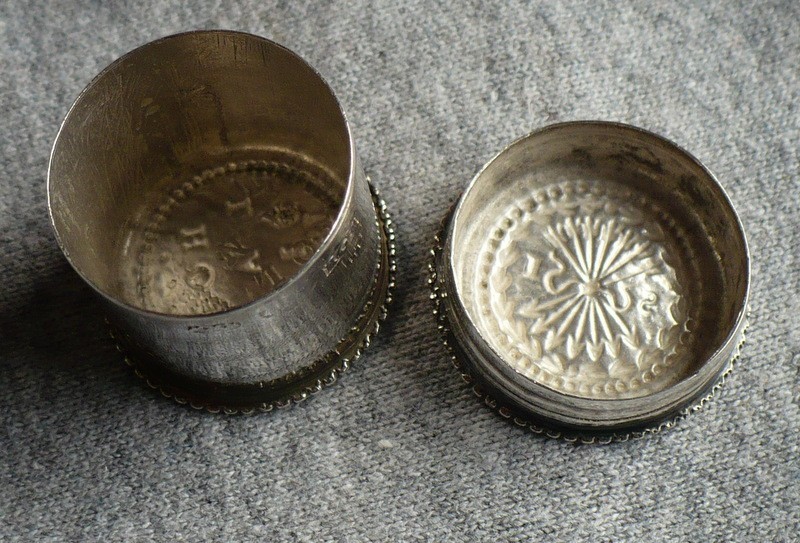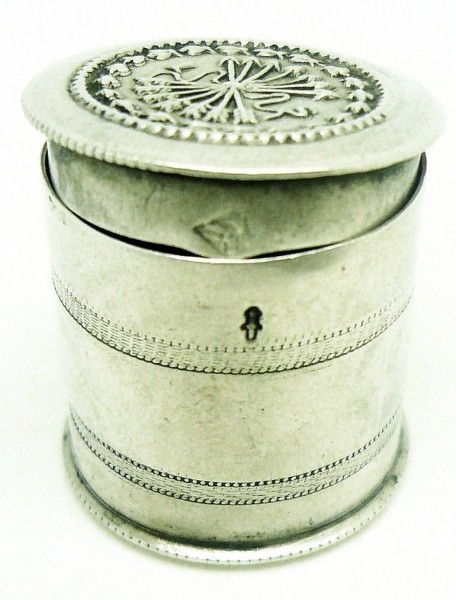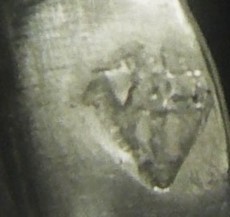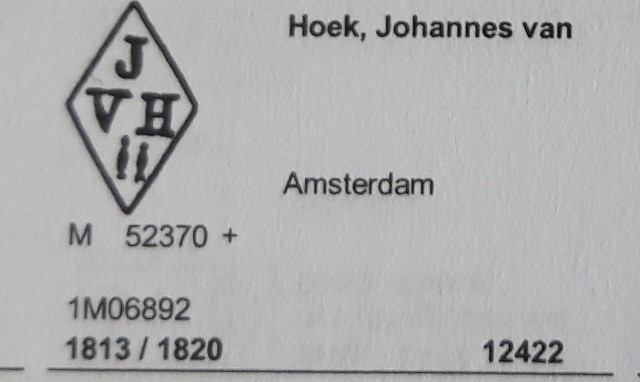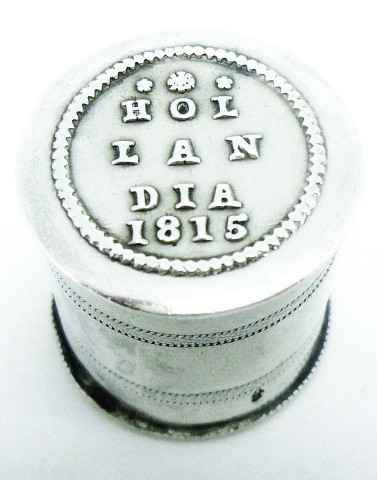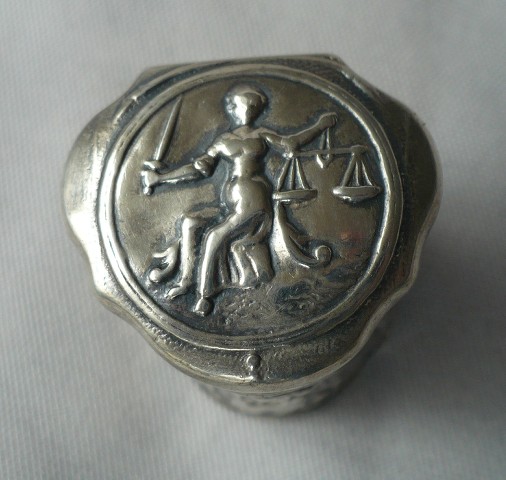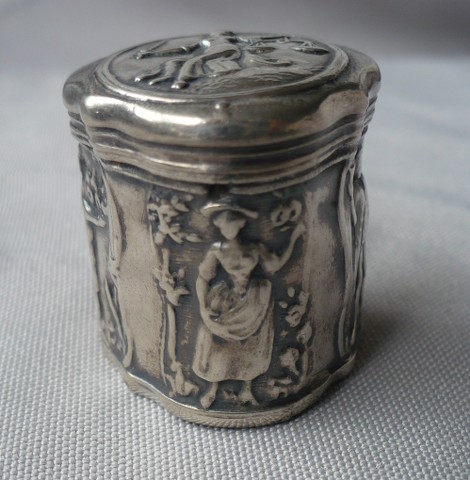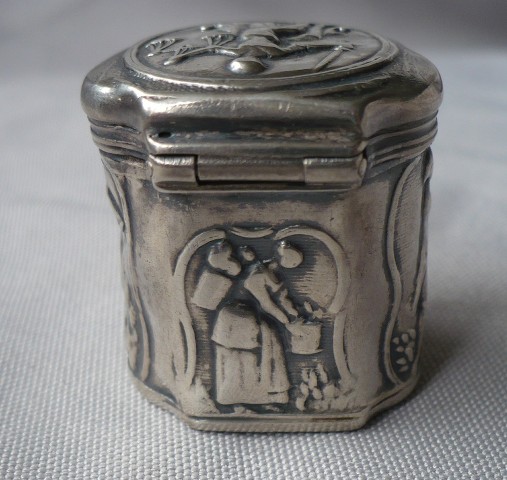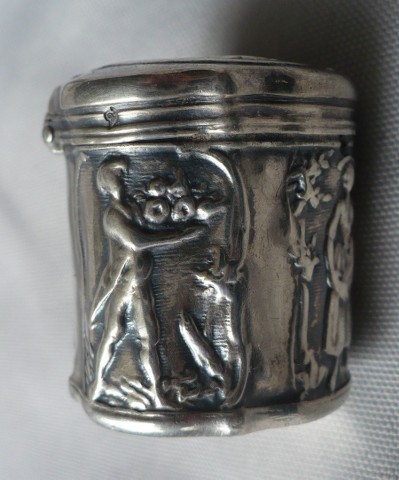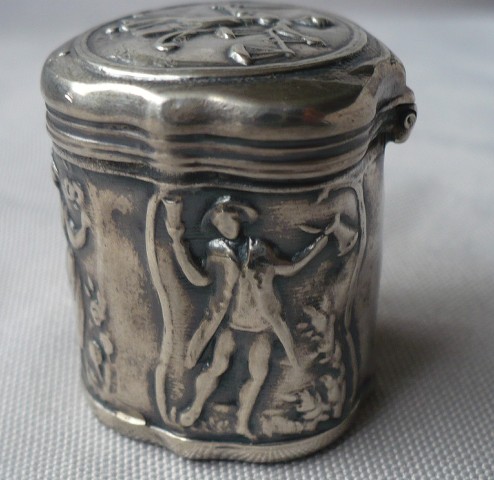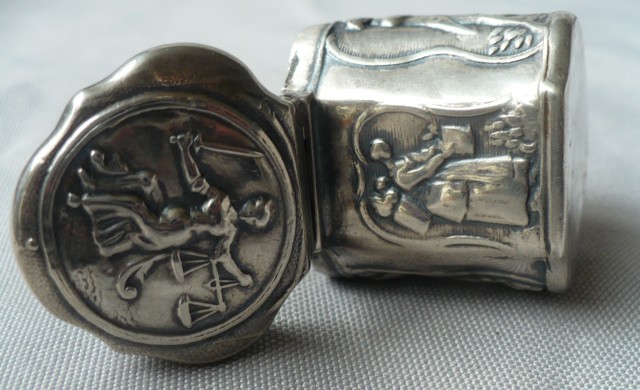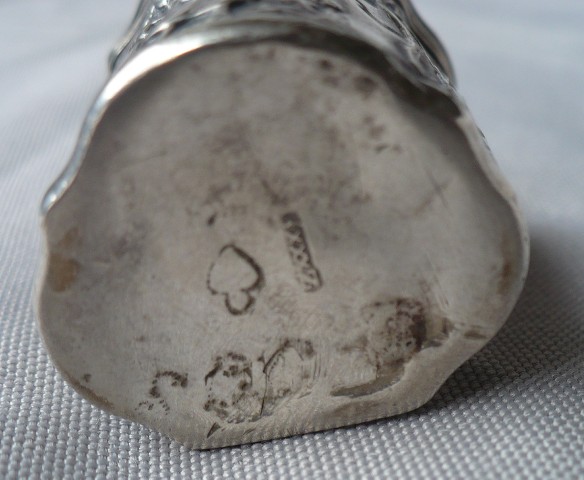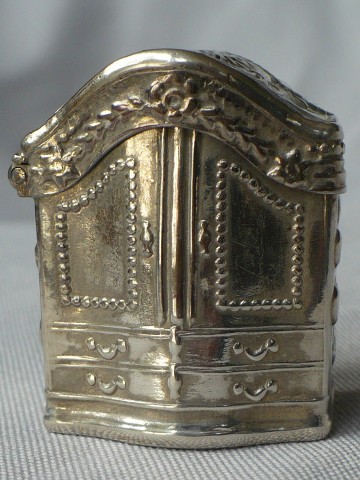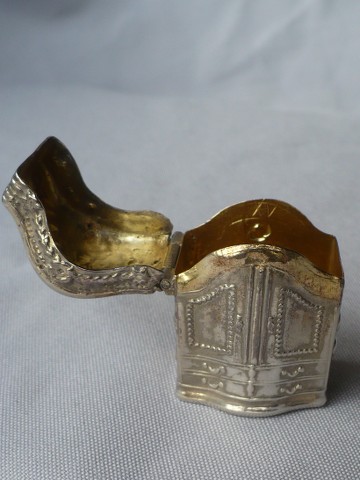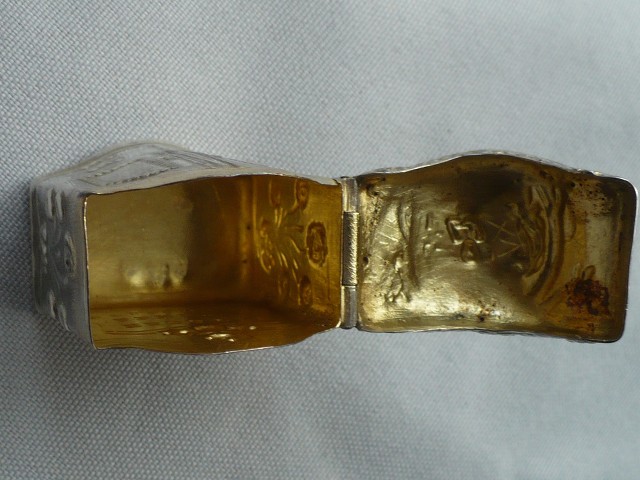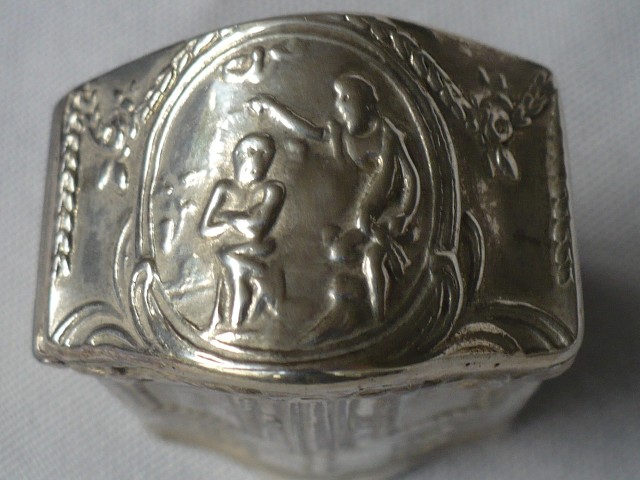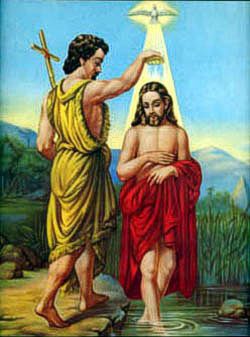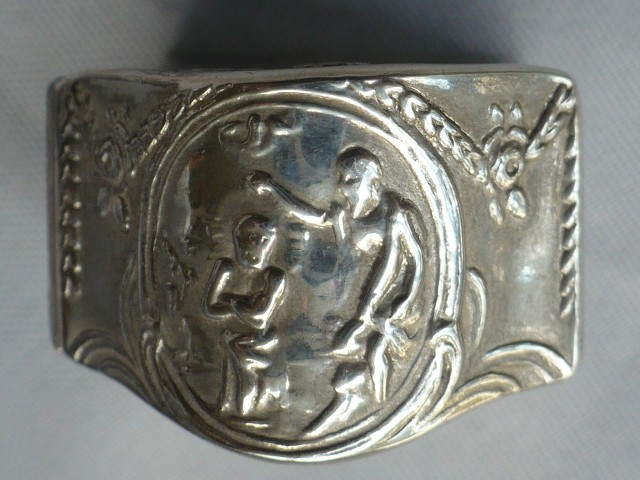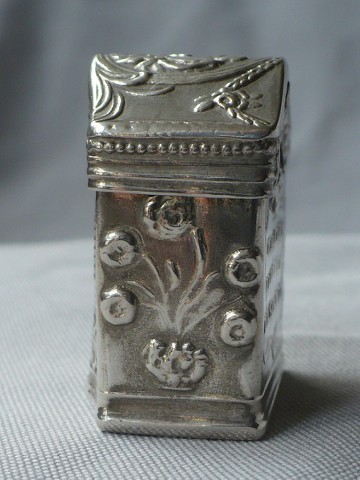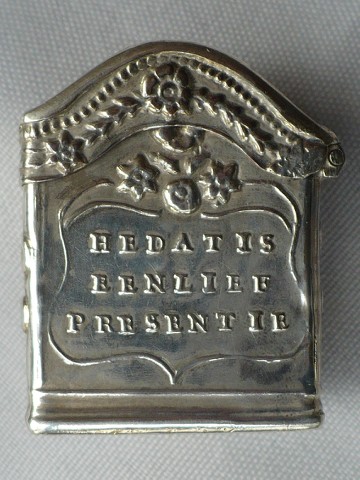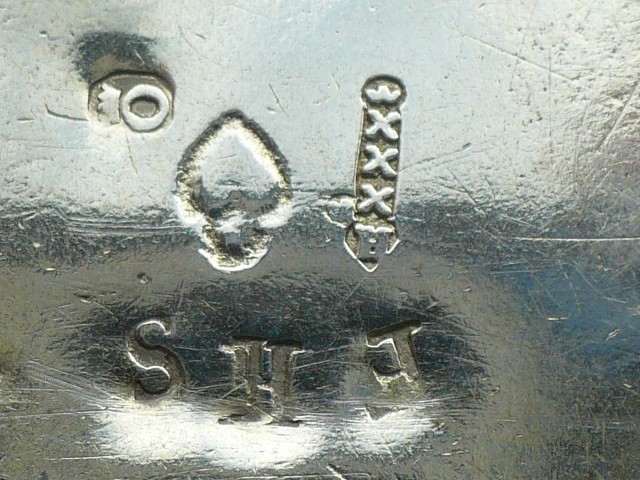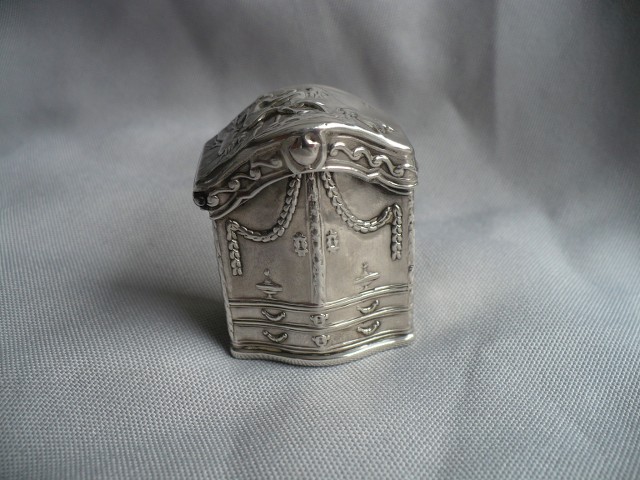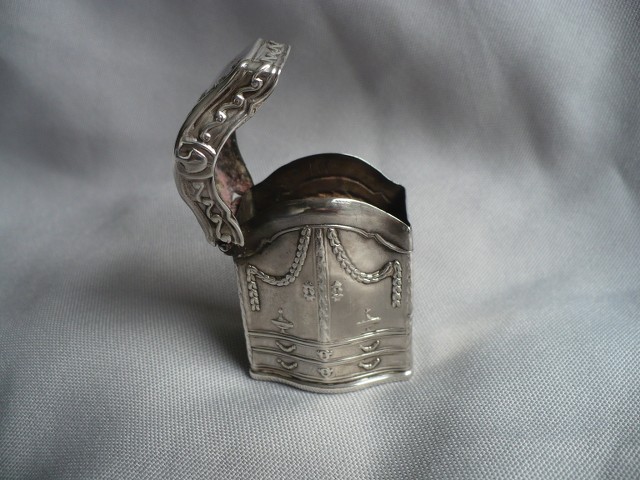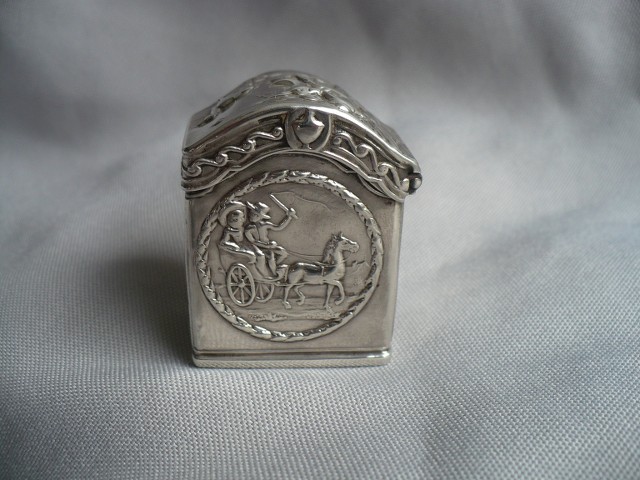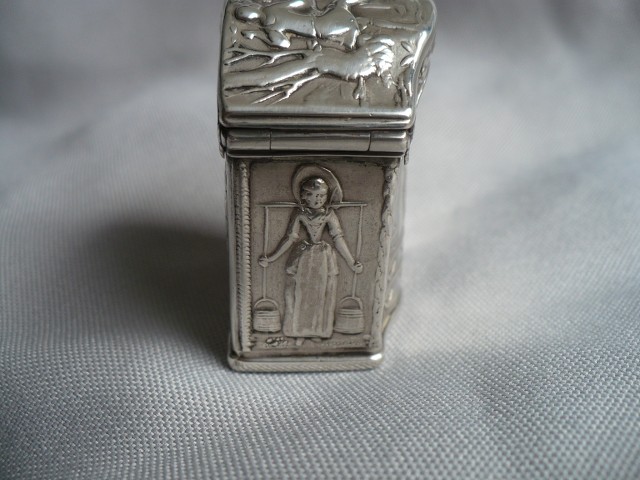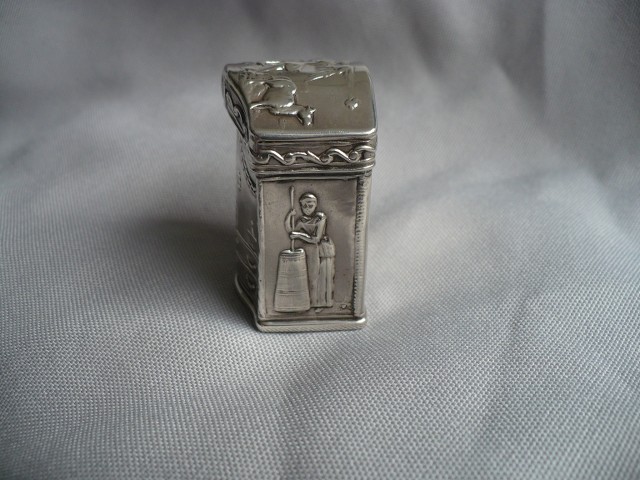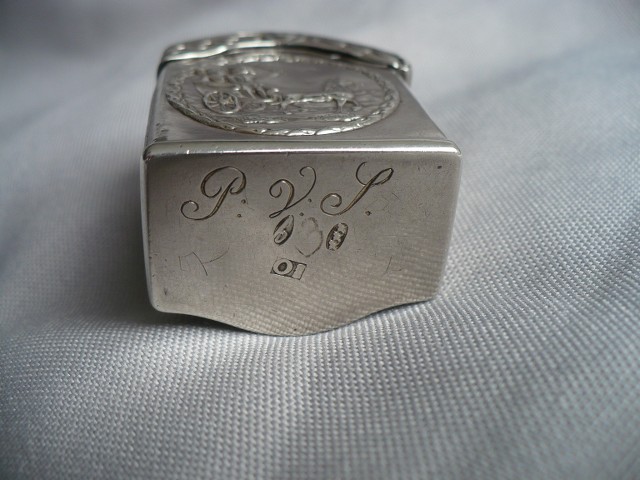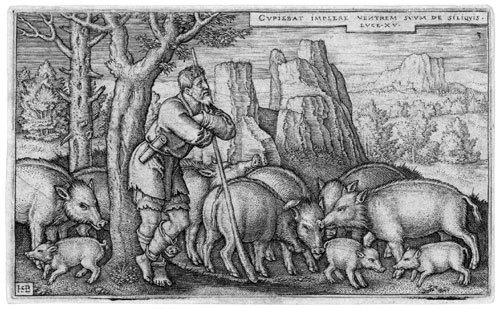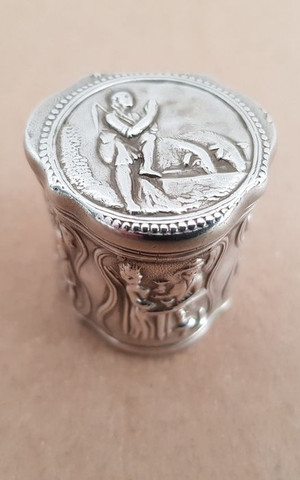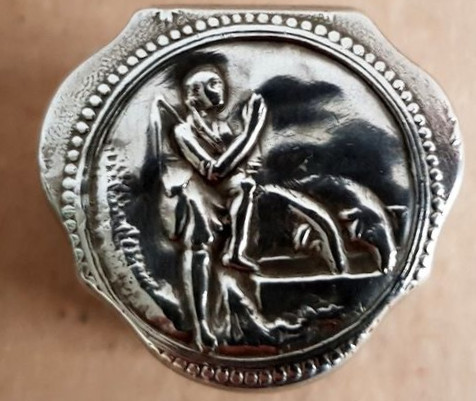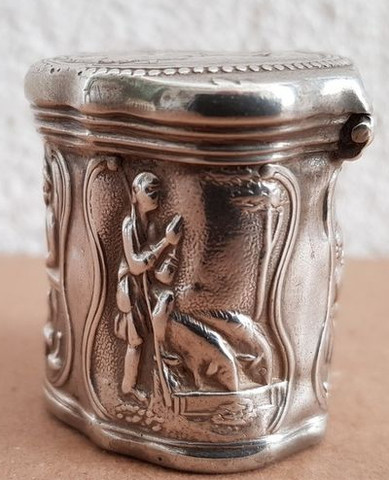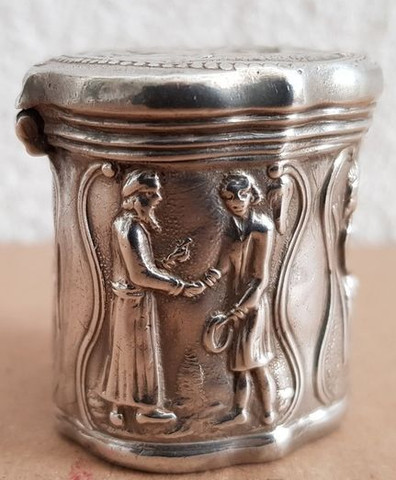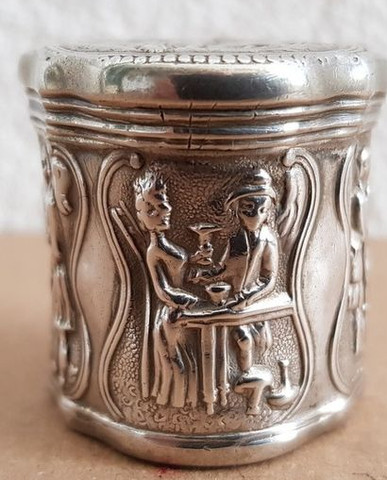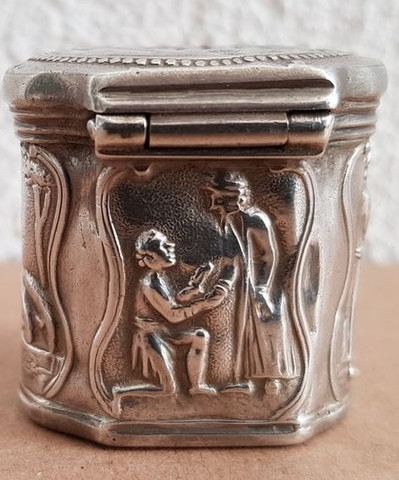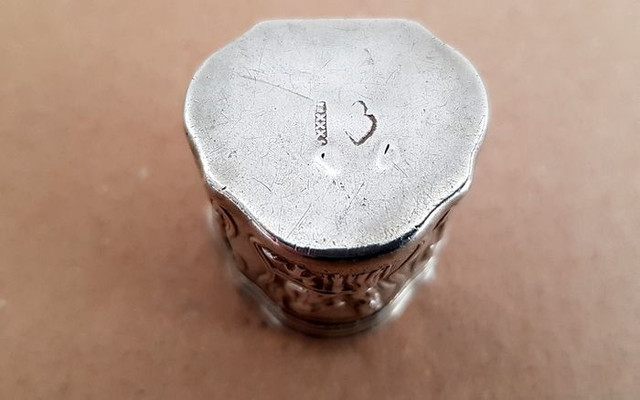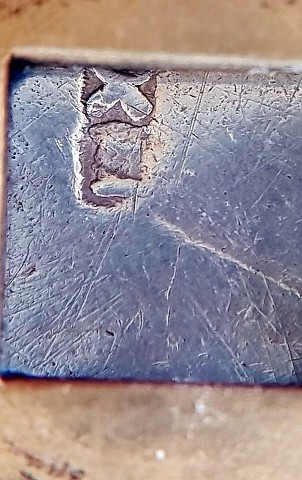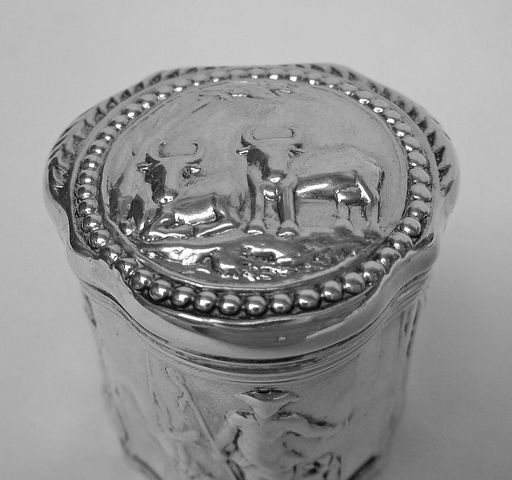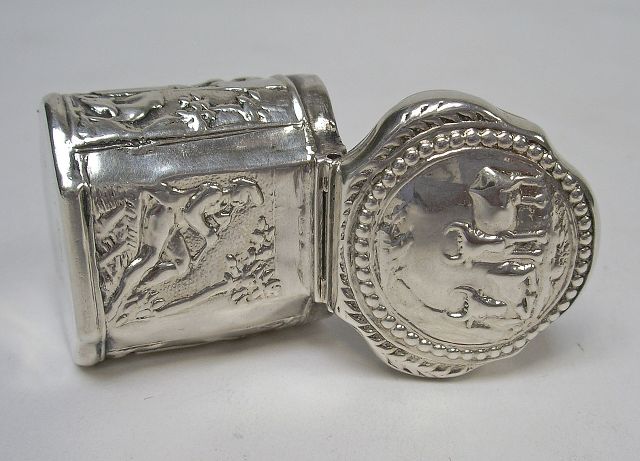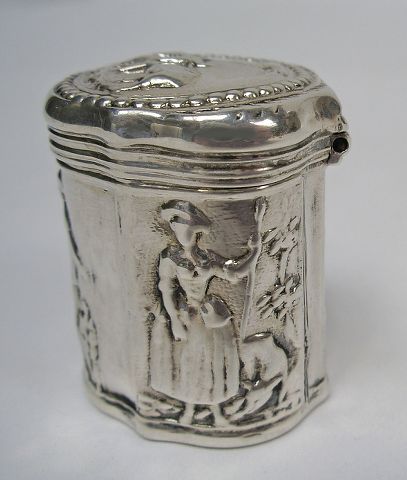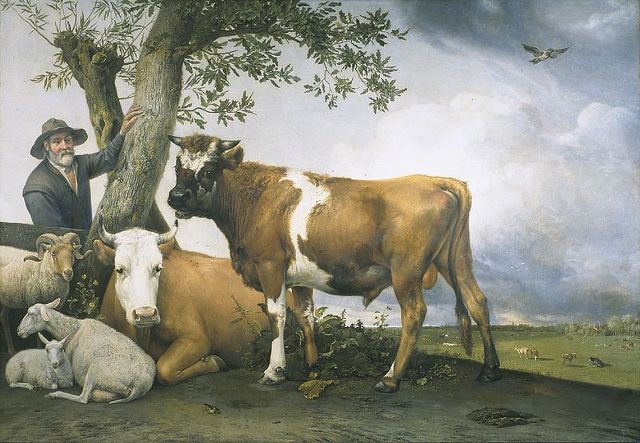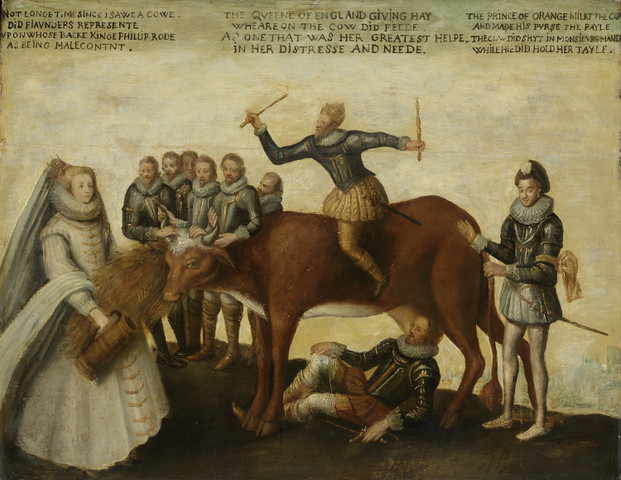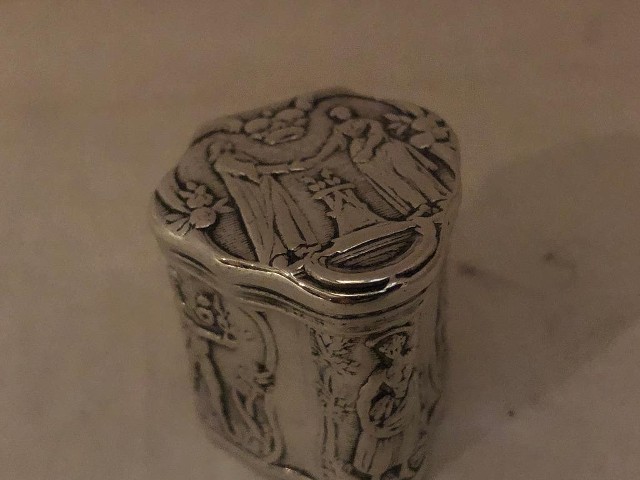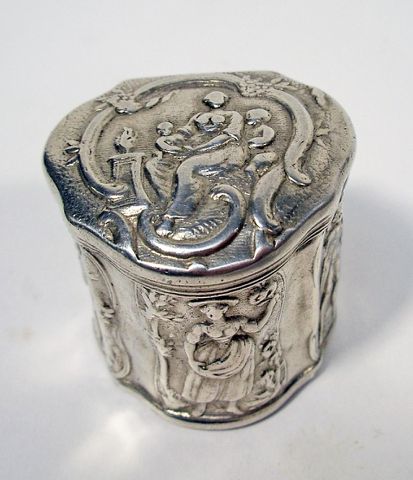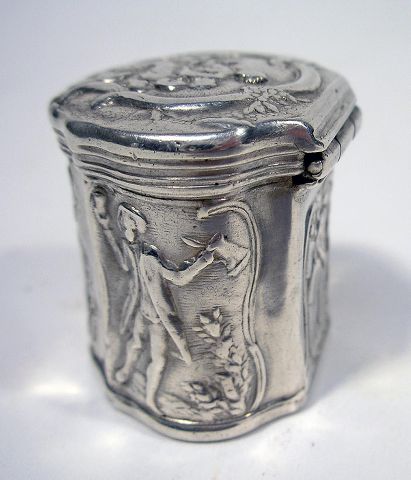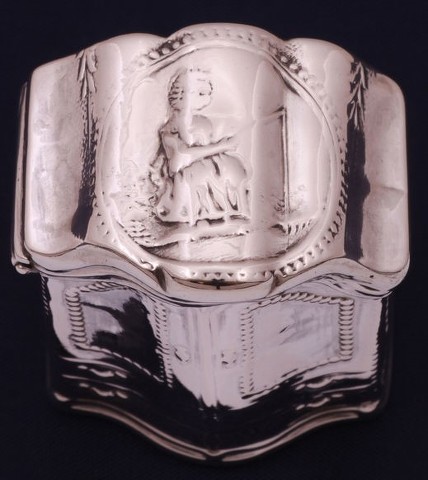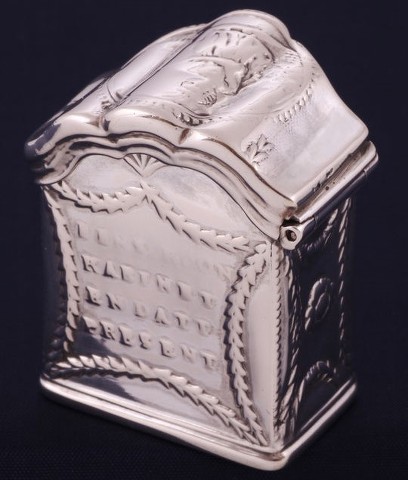Dirk Goedhart, registered silversmith 1782-1816, maker's mark heart-flaming. Born in Gouda 1755, married in 1786 to Steventje Pansier. Died after 1816. Maker of small silver items; stamped/embossed loderein boxes, small snuff boxes and needle cases. From 1812 he is also mentioned as a travelling merchant in gold and silverware, he ceases workshop and trade in 1816.
Below the maker's marks used by Dirk Goedhart;
1.) from 1782, during the Dutch Republic (The Republic of the Seven United Netherlands) and the Batavian Republic (French occupation) till 1807.
2.) During the Kingdom of Holland ( French occupation) 1806-1812
3.) During occupation French Empire( 1812- end 1813) and Kingdom of the Netherlands 1815-present.
1.) 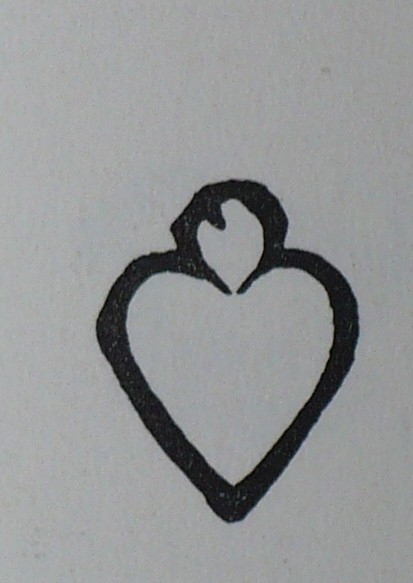 2.)
2.) 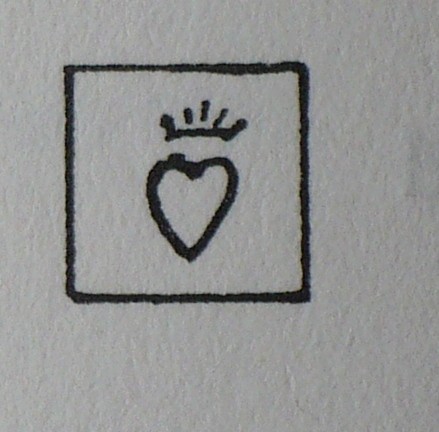 3.)
3.)  In 1816, the year Dirk Goedhart died, 61 years old, he registered a square maker's mark. The lozenge maker's marks were according the French law and after Napoleo's defeat in 1813, by Dutch governmental service order January 1814, it has been decided that new maker's marks must henceforward be perfectly square. Maker's marks of the French type may remain in use until worn out.
In 1816, the year Dirk Goedhart died, 61 years old, he registered a square maker's mark. The lozenge maker's marks were according the French law and after Napoleo's defeat in 1813, by Dutch governmental service order January 1814, it has been decided that new maker's marks must henceforward be perfectly square. Maker's marks of the French type may remain in use until worn out.
The loderein boxes made by Dirk show various decorations, are it simple nice scenes or is there more to it? Let us use our imagination and try to get a bit more joy out of those little loderein boxes. For the fun of it.
Box 2.)
Patriotic box
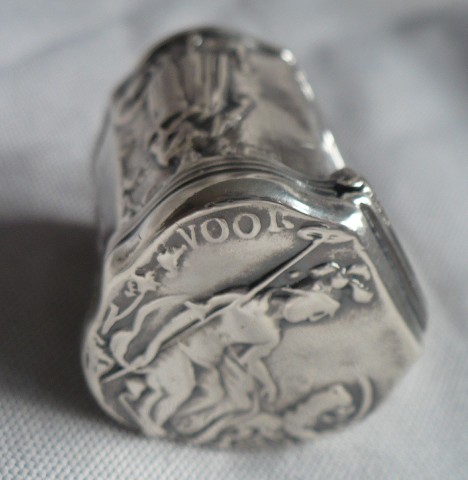 Year made 1789 during time of the Dutch Republic
Year made 1789 during time of the Dutch Republic. Weight 20 gram, height 3.3cm, width 3cm.
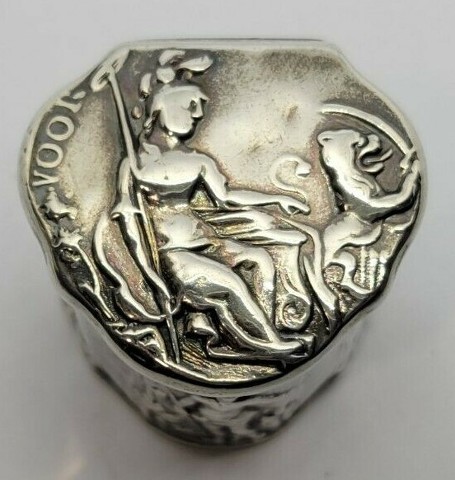 The United Provinces of the Netherlands, or United Provinces (officially the Republic of the Seven United Netherlands), commonly referred to in historiography as the Dutch Republic, was a federal republic which existed from 1588 (during the Dutch Revolt) to 1795 (the Batavian Revolution). It was a predecessor state of the Netherlands and the first fully independent Dutch nation state.
The United Provinces of the Netherlands, or United Provinces (officially the Republic of the Seven United Netherlands), commonly referred to in historiography as the Dutch Republic, was a federal republic which existed from 1588 (during the Dutch Revolt) to 1795 (the Batavian Revolution). It was a predecessor state of the Netherlands and the first fully independent Dutch nation state.
The lid shows the Dutch Maiden. In her hand she holds a spear with the freedom hat on it. Next to her is the lion rampant with the sword in the right leg. The Maiden, who symbolizes vulnerability. The hat on the pole is the freedom hat and indicates that the raised Dutch Lion guards liberated territory (from Spain). On the lid we can read the Dutch word
Voor is
For meaning;
Pro Patria or For Fatherland/For one’s Country
A bit of Dutch history. William V (Willem Batavus; 8 March 1748 – 9 April 1806) was a prince of Orange and the last stadtholder of the Dutch Republic. He went into exile to London in 1795.
The princes of Orange of the House of Orange-Nassau, beginning with William the Silent (1533-1584), were chosen as stadtholders of most of the provinces. Zeeland and usually Utrecht had the same stadtholder as Holland. Until the "Stadholderless" period 1653-1672
When the Anglo-Dutch wars begin, in 1652, five of the seven United Provinces have no one in position as stadholder. Part of the reason is that the head of the house of Orange, the traditional holder of the office, is a one-year-old infant, the future William III. But the office itself is also the subject of political debate."
https://en.wikipedia.org/wiki/Stadtholder
https://en.wikipedia.org/wiki/First_Sta ... ess_period
There was a constant power struggle between the Orangists, who supported the stadtholders and specifically the princes of Orange, and the Republicans, who supported the States General and hoped to replace the semi-hereditary nature of the stadtholdership with a true republican structure.
In the history of the Dutch Republic, Orangism or prinsgezindheid ("pro-prince stance") was a political force opposing the Staatsgezinde (pro-Republic) party. Orangists supported the Princes of Orange as Stadtholders (a position held by members of the House of Orange) and military commanders of the Republic, as a check on the power of the Regents. The Orangist party drew its adherents largely from traditionalists – mostly farmers, soldiers, noblemen and orthodox Catholic and Protestant preachers, though its support fluctuated heavily over the course of the Republic's history and there were never clear-cut socioeconomic divisions.
In the second half of the 18th century the anti-Orangist party became known as the Patriots. These Patriots strongly opposed both the William V the Prince of Orange, and the British connection. Many of their numbers were drawn from those with commercial and maritime interests who saw Britain as a natural rival of the Dutch, and generally supported the French. At the end of the eighteenth century, the patriots want power to return to the people, as it should be in a republic. They are for democratization and fair representation of the people. They are inspired by the American Revolutionary War (1775-1783), in which patriotic Americans turned their backs on British rule. A revolution is also underway in France, in which the people revolt against the monarchy. At various times the Princes of Orange tried to counter this by moving closer or further away from the British alliance. Events came to a head in the period 1785–1787, when most of the dictatorial powers of the stadtholder were taken away by the Patriots. The patriots conquer more and more cities and the associated urban administration. Every 'liberated' city gets a Freedom Tree or freedom temple in the city canter. In the provinces of Holland, Utrecht, Overijssel, Groningen and Brabant, the patriots come to power, while the Orangists rule in Zeeland, Gelderland and Friesland. This crisis of authority is the greatest threat to the survival of the Republic. However, Anglo-Prussian military intervention in the Prussian invasion of Holland of 1787 gave the upper hand to the Orangists, who drove their Patriot opponents into exile. The powers of the stadtholder were now enshrined in the so-called Act of Guarantee of 1788, and guaranteed by Britain and Prussia "in perpetuity." Perpetuity and in this case lasted seven years.
William V joined the First Coalition against Republican France in 1793 with the coming of the French Revolution. His troops fought bravely in the Flanders Campaign, but in 1794 the military situation deteriorated and the Dutch Republic was threatened by invading armies. The year 1795 was a disastrous one for the ancien régime of the Netherlands. Supported by the French Army, the patriots (revolutionaries ) returned from Paris to fight in the Netherlands, and in 1795 William V went into exile in England. A few days later the Batavian Revolution occurred, and the Dutch Republic was replaced with the Batavian Republic.
Source; Wikipedia
The patriots often spread their ideas through cartoons, just like the Orangists, the supporters of the van Oranje-Nassau family. They fight it out with each other through these pamphlets and prints. It may be the first time that the media has played such a major role in a conflict. Not only political ideals are discussed, but also, for example, the extramarital affair of Willem V.
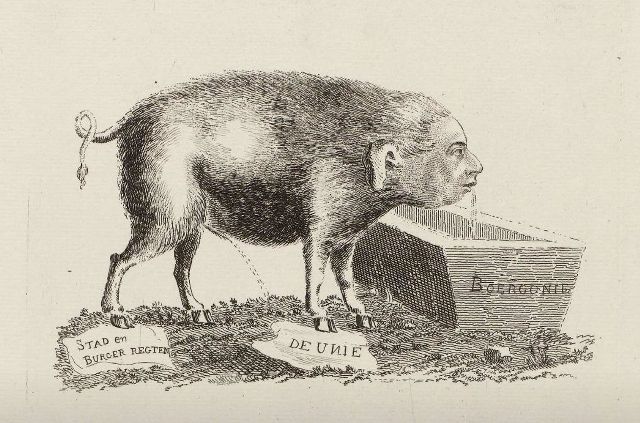
In 1786 the patriotic publisher Jan Verlem in Amsterdam published the cartoon Het Geldersche zwyn, accompanied by an eighteen-line poem. On this we see a pig with the head of Stadholder Willem V, which drinks from a trough marked 'Boergonie', a reference to the Burgundy wine with which this trough is filled. With its right hind leg the pig stands on a paper that reads 'Stad en Burger Regten', with its right front leg on a document with the inscription 'The Union', which he also pisses. By depicting Willem V here as a pig, which is also pissing on the rights of the citizen and feasting on a large amount of wine, he is attacked and brought down in an unprecedented way.
Source; Onder het mom van satire. Laster, spot en ironie in Nederland, 1780-1800 Nieuwenhuis, I.B
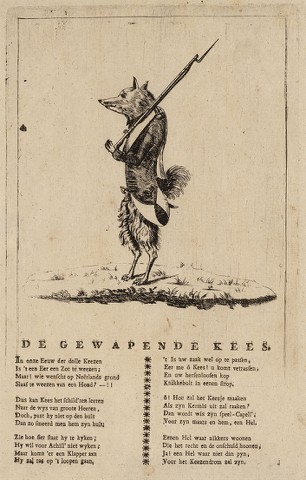 Keeshond (spitz)
Keeshond (spitz)
The keeshond – in uniform and with a rifle over his shoulder – is a reference to the patriots. Kees was a nickname, but the patriots also used it as a nickname themselves.
Source; Collectie Stadsarchief Amsterdam
The decoration on box.
Below a vigilant patriot
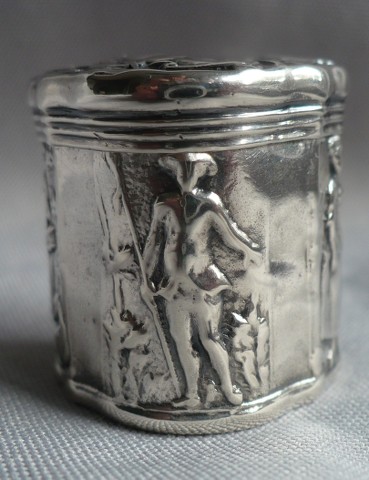
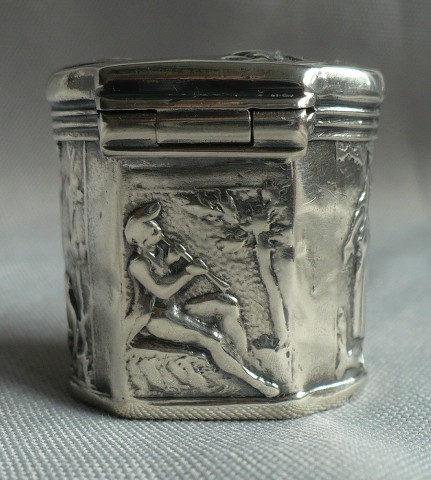 Above a flute playing patriot next to the Tree of Liberty; to dance to a person’s pipe/piping/whistle/tune(s)
Above a flute playing patriot next to the Tree of Liberty; to dance to a person’s pipe/piping/whistle/tune(s).
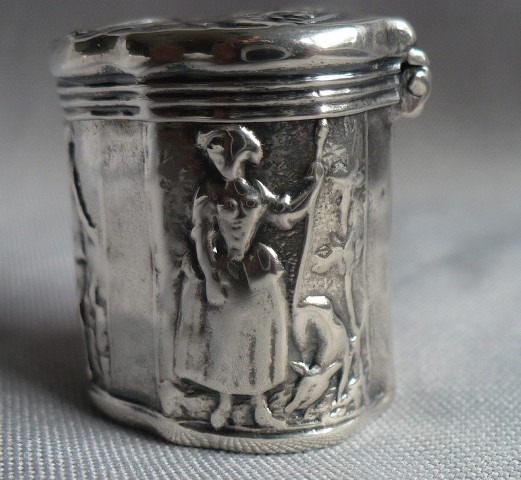 Here we see very subtle “William V “depicted as a pig, next to a swineherd. William V was fond of busty women and had many mistresses.
Here we see very subtle “William V “depicted as a pig, next to a swineherd. William V was fond of busty women and had many mistresses.
Below the patriot woman, with the harvest in basket and relaxing Keeshond.
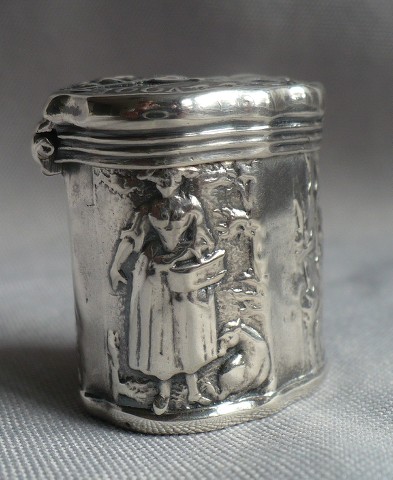
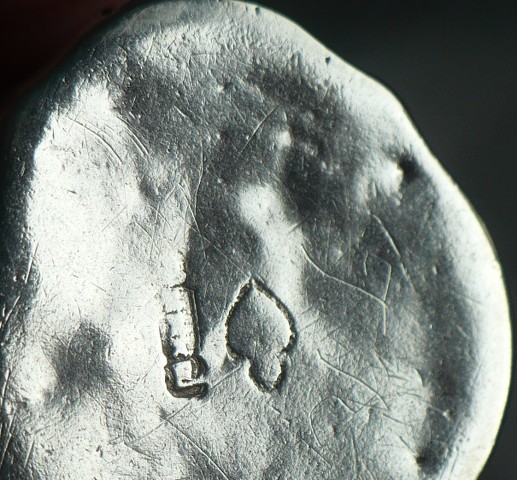 Combined town mark Amsterdam and year letter E for 1789.
Combined town mark Amsterdam and year letter E for 1789.
Second standard silver 833/000
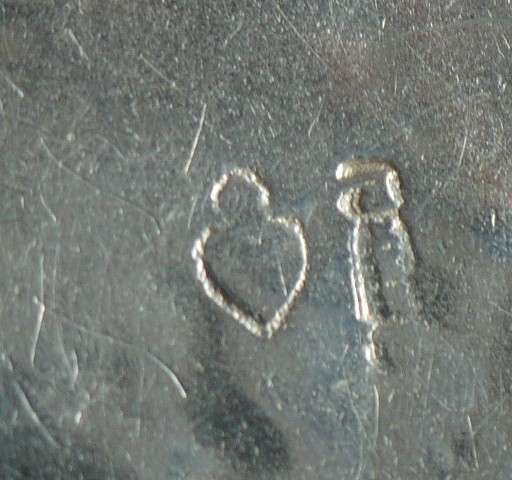 Flaming heart for Dirk Goedhart.
Source: W. Koonings De keuring van goud en zilver tijdens het Koninkrijk Holland, Waarborgholland, ˜Netherlands' Responsibility Marks since 1797
Flaming heart for Dirk Goedhart.
Source: W. Koonings De keuring van goud en zilver tijdens het Koninkrijk Holland, Waarborgholland, ˜Netherlands' Responsibility Marks since 1797
Peter.
